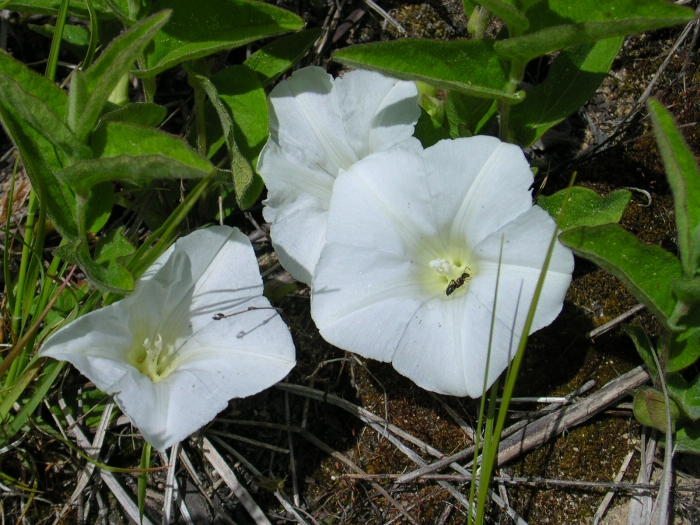Low False Bindweed
(Calystegia spithamaea)
Low False Bindweed (Calystegia spithamaea)
/
/

Superior National Forest
CC BY 2.0
Image By:
Superior National Forest
Recorded By:
Copyright:
CC BY 2.0
Copyright Notice:
Photo by: Superior National Forest | License Type: CC BY 2.0 | License URL: https://creativecommons.org/licenses/by/2.0 | Uploader: File Upload Bot (Magnus Manske) | Publisher: Wikimedia Commons | Title: Calystegia_spithameus_1_(5097835848).jpg | Notes: {{Information |Description={{pt|Fruto de ''[[:pt:Camellia sinensis|Camellia sinensis]]''. Planta cultivada no [[:pt:Jardim Botânico do Rio de Janeiro|Jardim Botânico do Rio de Janeiro]], fotografia de M. A. P. Accardo Filh













Estimated Native Range
Summary
Calystegia spithamaea, commonly known as Low False Bindweed, is a deciduous perennial herb that is often mistaken for a vine due to its twining habit. It is native to open woodlands and sandy fields, often near coastal areas in the Eastern United States and Canada. This plant typically grows to a height of 0.5 feet (0.2 meters) and can spread to about 1 foot (0.3 meters), forming a low, sprawling mat. The leaves are arrow-shaped, and it produces showy, white, trumpet-shaped flowers from late spring to early summer, which are attractive to pollinators.
Low False Bindweed is valued for its ability to cover ground quickly, making it useful for erosion control and as a ground cover in garden settings. It is relatively easy to maintain, requiring medium amounts of water and thriving in both part shade and full sun. It prefers well-drained soils and can tolerate a range of soil types, from sandy to loamy. While it is not commonly afflicted by diseases, gardeners should be aware that it can become aggressive in some conditions, spreading beyond its intended area.CC BY-SA 4.0
Low False Bindweed is valued for its ability to cover ground quickly, making it useful for erosion control and as a ground cover in garden settings. It is relatively easy to maintain, requiring medium amounts of water and thriving in both part shade and full sun. It prefers well-drained soils and can tolerate a range of soil types, from sandy to loamy. While it is not commonly afflicted by diseases, gardeners should be aware that it can become aggressive in some conditions, spreading beyond its intended area.CC BY-SA 4.0
Plant Description
- Plant Type: Vine, Herb
- Height: 0.5-1.5 feet
- Width: 0.333-1 feet
- Growth Rate: Moderate
- Flower Color: White
- Flowering Season: Spring, Summer
- Leaf Retention: Deciduous
Growth Requirements
- Sun: Part Shade, Full Sun
- Water: Medium
- Drainage: Fast
Common Uses
Bee Garden, Butterfly Garden, Low Maintenance, Showy Flowers
Natural Habitat
Open woodlands and sandy fields
Other Names
Common Names: Dwarf Bindweed, Low Bindweed, Upright Bindweed, Liseron Nain
Scientific Names: , Calystegia spithamaea, Convolvulus spithamaeus var. stans,
GBIF Accepted Name: Calystegia spithamaea (L.) Pursh